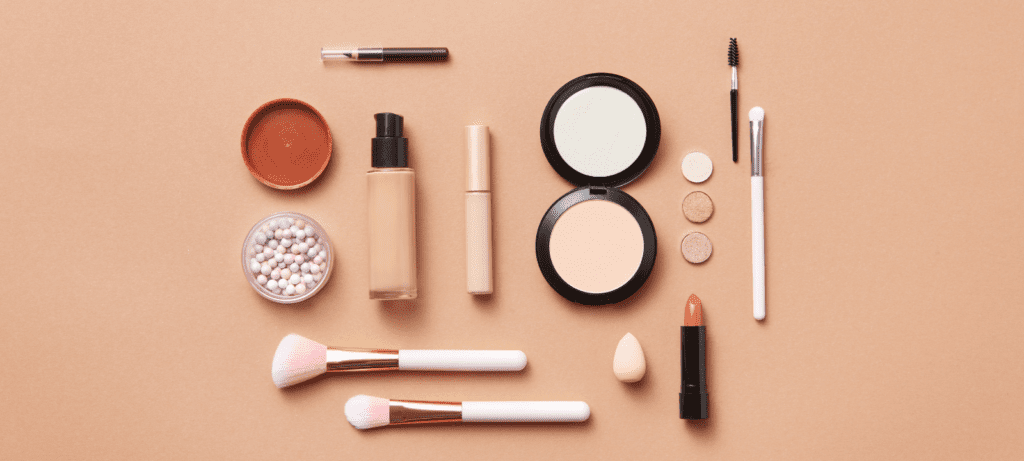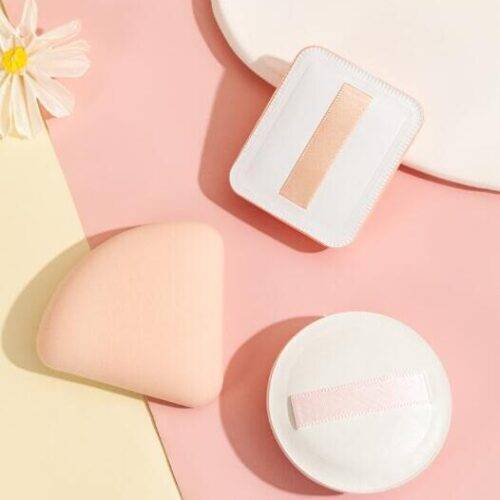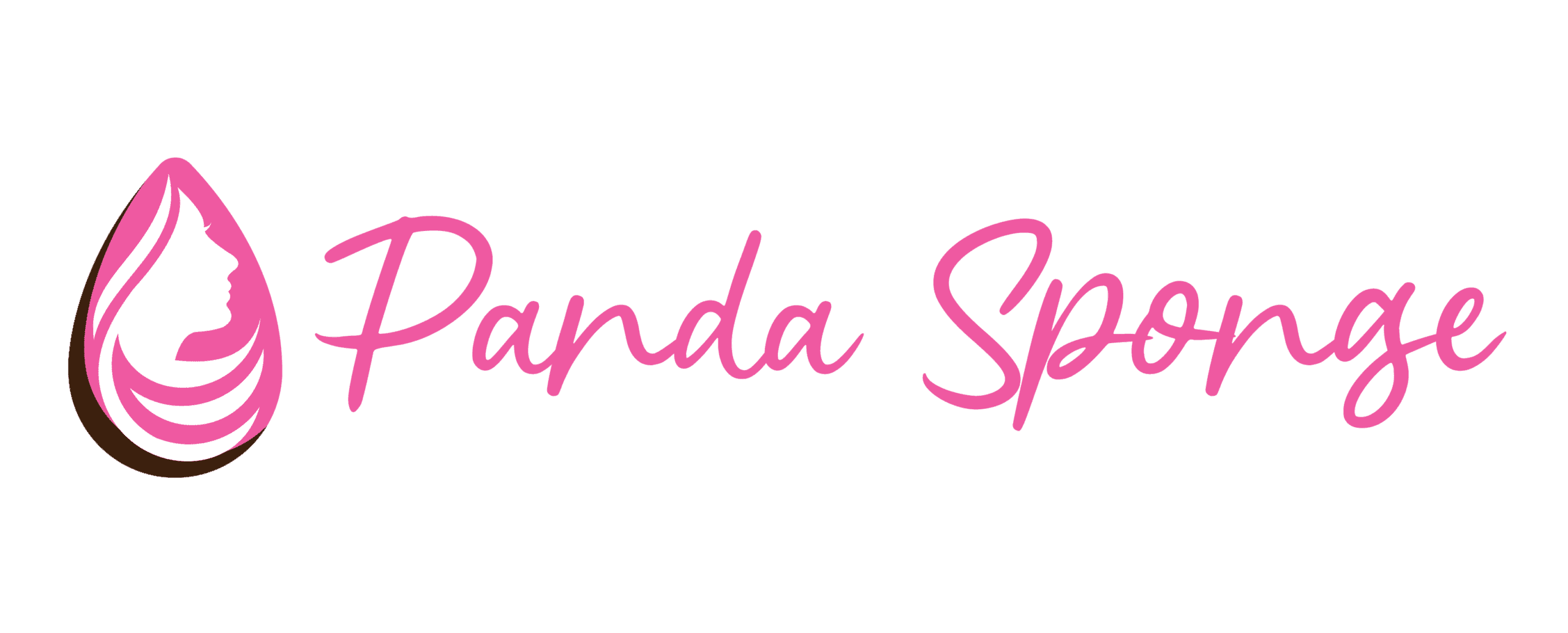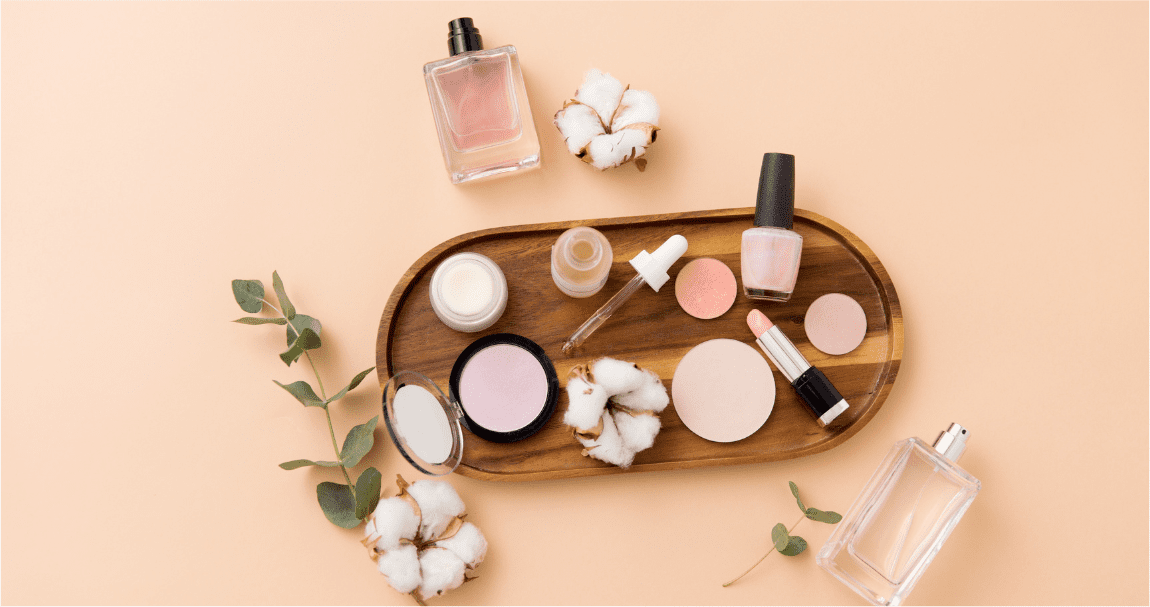In an era where environmental consciousness takes center stage, the beauty industry is experiencing a transformative revolution. Welcome to a new age of skin-deep and Earth-friendly glamour – the era of Green Beauty. With the world’s attention towards sustainability, the makeup industry is embracing ecologically friendly and sustainable tools like never before. Come with us on a journey into the fascinating world of eco-friendly cosmetics, where beauty merges with innovation. In this article, we delve into the fascinating rise of biodegradable and sustainable makeup tools, exploring how they’re reshaping how we adorn ourselves while treading lightly on the planet.
The Rise of Green Beauty
The beauty industry has recently witnessed a significant shift towards sustainability and environmental consciousness. This movement has not only impacted the formulations of cosmetics but has also extended to the tools used to apply them. As consumers become more eco-aware, the demand for biodegradable and sustainable makeup tools has surged.
The Green Beauty Movement and its Impact
The green beauty movement stems from the desire to reduce the negative impact of the beauty industry on the environment. Traditional makeup tools are often made from non-biodegradable materials such as plastic, contributing to the global plastic pollution crisis. These tools’ production and disposal also generate significant waste and carbon emissions. The shift towards green beauty aligns with the more considerable global effort to minimize ecological harm and transition towards sustainable practices.
Introducing Biodegradable Makeup Tools
Biodegradable makeup tools are crafted from materials that break down naturally over time, leaving little to no ecological footprint. These tools are typically made from renewable resources like bamboo, cornstarch, or mushroom-based materials. From biodegradable makeup brushes to eco-friendly sponges, these options provide consumers with guilt-free alternatives that don’t compromise quality or performance.
Benefits of Going Green
The adoption of biodegradable and sustainable makeup tools comes with several benefits. First and foremost, it contributes to a reduction in plastic waste and supports the conservation of natural resources. By choosing tools made from renewable materials, consumers decrease their carbon footprint, as these materials often require less energy to produce. Moreover, the biodegradability of these tools ensures that they won’t contribute to the persistence of plastic pollution in landfills and oceans.
Challenges and Future Outlook
While the concept of biodegradable and sustainable makeup tools is promising, the industry faces particular challenges. One key concern is the accessibility and affordability of these products. As with many eco-friendly alternatives, the initial cost of production can be higher, leading to slightly elevated retail prices. Ensuring that green beauty remains inclusive and accessible to many consumers is crucial for the movement’s success.
Another challenge lies in maintaining the same level of performance and durability as traditional tools. Consumers are accustomed to the reliability and longevity of plastic-based tools, so biodegradable and sustainable options must meet these expectations to gain widespread acceptance.
What is Sustainable Makeup?

The beauty industry has recently shifted significantly towards more sustainable and eco-friendly practices. Sustainable makeup, or eco-friendly or green makeup, is integral to this movement.
Critical Aspects of Sustainable Makeup
- Ingredients Sourcing and Formulation: Sustainable makeup brands prioritize using natural, organic, and responsibly sourced ingredients. This reduces the demand for harmful chemicals and minimizes the environmental impact of farming practices. Biodegradable and non-toxic ingredients are favored to ensure they don’t harm ecosystems when washed off.
- Packaging Innovation: Conventional makeup often comes in single-use plastic packaging, contributing to the global plastic pollution crisis. Sustainable makeup brands explore alternatives such as glass, metal, or biodegradable materials for packaging. Some even offer refillable options to minimize waste.
- Cruelty-Free and Vegan Practices: Ethical considerations are vital in sustainable makeup. Many brands pledge to be cruelty-free, meaning their products are not tested on animals. Additionally, vegan makeup excludes animal-derived ingredients, aligning with values of compassion and sustainability.
- Reducing Carbon Footprint: Sustainable makeup brands strive to minimize carbon emissions throughout the supply chain. This can involve using renewable energy sources, optimizing transportation routes, and adopting energy-efficient manufacturing processes.
- Transparency and Ethical Practices: Brands committed to sustainability often provide transparency about their sourcing, manufacturing, and labor practices. They may support fair wages, safe working conditions, and community development initiatives.
- Longevity and Multi-Functionality: Sustainable makeup encourages products with multiple uses, promoting a minimalist approach. Items designed for versatility and durability reduce the need for excessive consumption.
Why Sustainable Makeup Matters
- Environmental Conservation: The traditional beauty industry is associated with resource depletion, pollution, and waste. Sustainable makeup aims to reverse this trend by minimizing environmental harm and promoting eco-conscious practices.
- Health and Well-being: Natural and organic ingredients used in sustainable makeup are generally gentler on the skin, reducing the risk of adverse reactions and long-term health concerns linked to synthetic chemicals.
- Promoting Ethical Consumerism: Choosing sustainable makeup supports brands prioritizing ethical and responsible practices, encouraging other companies to adopt similar approaches.
- The makeup industry can play a role in fighting climate change by choosing sustainable packaging and reducing carbon emissions. This will contribute to global efforts to mitigate climate change’s effects.
- Preserving Biodiversity: Sustainable makeup brands often avoid ingredients linked to deforestation and habitat destruction, helping protect biodiversity and delicate ecosystems.
Benefits of Using Sustainable Makeup Tools
1. Environmental Impact: Using sustainable makeup tools helps reduce the environmental burden associated with traditional single-use products. Eco-friendly materials like bamboo, recycled aluminum, and biodegradable fibers minimize waste and resource consumption.
2. Longevity and Durability: Sustainable makeup tools are often designed to be durable and long-lasting. This means fewer replacements are needed, reducing overall consumption and waste generation. Quality craftsmanship ensures these tools can withstand frequent use.
3. Reduced Plastic Usage: Conventional makeup tools often contain plastic components that contribute to plastic pollution. Opting for sustainable tools from alternatives like wood, metal, or natural fibers decreases plastic demand and its adverse ecological effects.
4. Health Considerations: Many sustainable makeup tools use hypoallergenic and non-toxic materials, which can be gentler on the skin. It is crucial for people with sensitive skin or allergies to typical makeup tool materials to take extra precautions.
5. Supporting Ethical Practices: Companies that produce sustainable makeup tools often prioritize ethical labor practices and fair wages. Supporting such brands contributes to p
Types of Sustainable Makeup Tools
Sustainable beauty practices are gaining popularity as individuals become more conscious of their environmental impact. Often overlooked in this context, makeup tools can also be made eco-friendly and sustainable. Here are some types of sustainable makeup tools that are both effective and environmentally friendly.
1. Bamboo Makeup Brushes: Did you know that bamboo is an incredibly sustainable material? This is because it has a speedy growth rate and doesn’t impact the environment much. Bamboo makeup brushes have become a popular alternative to traditional plastic brushes. These brushes are biodegradable and have soft bristles that work well for various makeup applications.
2. Reusable Makeup Sponges: Traditional makeup sponges are single-use and contribute to plastic waste. Reusable makeup sponges, often made from silicone or washable fabric materials, provide a sustainable alternative. They can be easily cleaned after use and offer a smooth application of foundation, concealer, and other products.
3. Refillable Makeup Containers: Many cosmetic brands are adopting refillable packaging for their products. Refillable makeup containers allow you to replace only the product inside without discarding the entire container. This approach reduces plastic waste and encourages a circular beauty economy.
4. Eco-Friendly Cotton Swabs: Conventional cotton swabs harm the environment due to their single-use nature. Eco-friendly cotton swabs are made from organic cotton and biodegradable materials. They serve the same purposes as traditional swabs without leaving a negative environmental footprint.
5. Metal or Glass Mixing Palette: Metal or glass mixing palettes are durable and sustainable alternatives to disposable plastic mixing surfaces. They can be easily sanitized and reused, making them ideal for blending custom shades of makeup products.
6. Recycled Plastic Compact Mirrors: Some companies produce compact mirrors using recycled plastic materials. These mirrors are functional and contribute to reducing plastic waste by giving new life to existing materials.
Sustainable makeup tools promote environmental responsibility and elevate the overall makeup experience. Beauty enthusiasts can contribute to a greener planet by choosing these eco-friendly alternatives without compromising quality or style.

Get a Quote
Custom Makeup Sponge and Puffs

Maggie Peng serves as the esteemed Product Manager at Panda Sponge, where she has garnered a wealth of experience and expertise over the course of five years. With a primary focus on product design, testing, and development, Maggie has consistently exhibited her prowess in these domains.

